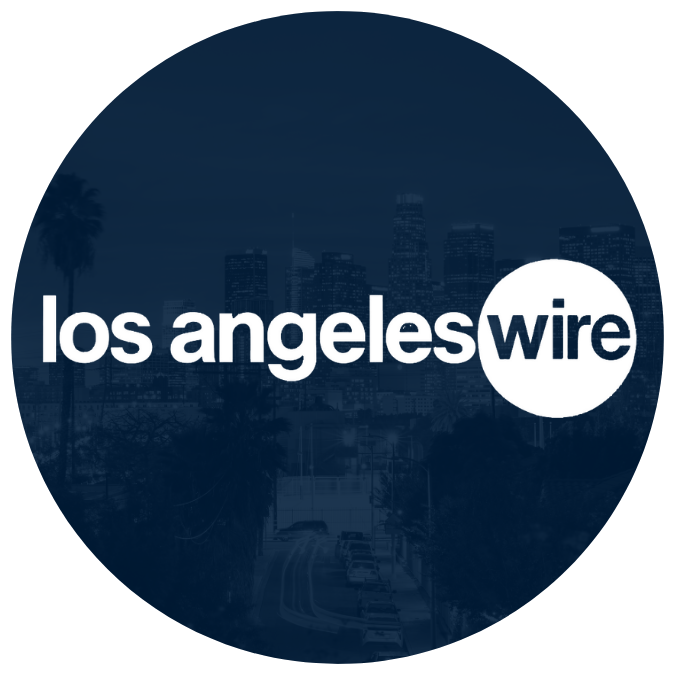Transformations within visual art have often mirrored advances in science and technology. During certain periods, painters embraced new pigments or printing processes, while sculptors explored materials that challenged existing norms. These shifts expanded the scope of creative practice and reshaped the cultural conversation surrounding art’s role in society. Over recent decades, holography emerged as one such catalyst, blending physics, optics, and imaginative vision. Within that arena, Alexander’s experiments became focal points for discussion among artists and researchers alike.
Individuals at a 1980s exhibition recall an encounter with large-scale holograms that seemed to materialize from thin air—some described the spectacle as “mind-boggling.” The artist responsible, identified simply as Alexander, had established a site where light, perspective, and motion converged into unfamiliar forms. His official website provides background on these holograms, revealing an approach anchored in both sculpture and scientific exploration. Audiences at the time stood in line, unsure whether they were witnessing a cinematic illusion or an entirely new kind of three-dimensional artwork.
Alexander began his career as a painter and sculptor, studying at St. Martin’s School of Art in London. His early interest in volumetric forms was evident in paintings that minimized depth while hinting at spatial expansion. Over time, his efforts grew into sculptural compositions that invited viewers to walk around and observe shifting angles. This quest to enhance motion parallax prompted an eventual pivot toward holography, a field that offered a means of capturing sculptural objects beyond the limits of conventional photography. He worked alongside scientists, including Dr. Hariharan, at the CSIRO labs in Australia to explore technologies that fused optics and artistic ideas.
When Alexander began examining holograms, he encountered two primary types: transmission and reflection. Transmission holograms rely on laser light passing through the holographic plate, whereas reflection holograms can be viewed with light bouncing off the surface. He developed a technique that allowed him to convert transmission holograms into a different kind of reflection hologram. This approach granted a more pronounced sense of depth, enabling holographic projections that seemed to expand outward.
Alexander’s holograms reached scales seldom attempted in the early 1980s and 1990s. Works such as “There’s Been A Great Deal Of Talk About Her,” “Danielle’s Dream,” and “The Horrors of War” extended outward by significant distances, with some projections measuring nearly 20 to 28 feet. These artworks, produced at a time when holography was largely a laboratory-based practice, demonstrated how an artist could manipulate size, distance, and light sources to challenge perceptions of three-dimensional form.
Alexander did not confine himself to static holograms. He devised holographic films such as “The Dream” and “Masks,” which viewers could watch without specialized eyewear. This type of motion holography introduced sequential imagery through pulses of light, creating illusions of figures moving in real space. In 1989, “The Dream” received the Progetto Leonardo Special First Prize, an acknowledgment of holographic cinema’s potential beyond pure research. Public showings took place worldwide, including the São Paulo Bienal and KOEX in Seoul, where crowds navigated exhibits that blurred lines between film, sculpture, and engineering.
Alexander’s holographic endeavors emerged at a period when other artists began rethinking the uses of new media. His efforts prompted discussions on whether holography deserved serious recognition in galleries and museums. Over time, institutions that had rarely displayed holograms, such as the Centre Pompidou and the Musée de l’Holographie, gave space to these works. In parallel, awards like the Australia Council Fellowship and the Palmes de Oro validated holographic art as an evolving discipline with a foothold in both science and visual culture.
His works appeared in multiple settings, including Expo Japan in 1985 and touring shows across Australia from 1985 to 1987. At the São Paulo Bienal, the presentation of holographic films led to heightened interest in motion holograms. Later, at the Seoul Arts Center Museum in the early 1990s, visitors could see how painting, sculpture, and holographic images formed installations that defied typical museum categorization. In forthcoming years, enthusiasts can revisit Alexander’s oeuvre at a retrospective scheduled for the first quarter of 2026 at VEFA Gallery in Torrance, CA (date to be confirmed).
Alexander’s path involved persistent logistical and conceptual challenges. He collaborated with scientific teams to enlarge holographic plates, refine illumination techniques, and integrate holograms into mixed-media formats. These experiments resulted in large-format holograms, four-dimensional sculptures, and motion pictures that extended beyond static frames. Individuals who study the evolution of holography often cite his name as part of a lineage that includes inventors, optical engineers, and experimental artists.
Alexander’s work combined art and science in ways that prompted viewers to contemplate time, movement, and spatial dynamics. Although he passed away in March 2023, his extensive body of work remains influential for those who examine novel forms of visual media. He consistently tested boundaries through holographic movies and large-scale transmissions of light, leading some observers to perceive holography as more than a mere technological novelty.
As the field of immersive media continues to advance through virtual and augmented reality, Alexander’s creative investigations maintain relevance, suggesting that future artists might build on methods he explored decades ago. For further details, additional galleries, and archival material, his online presence remains accessible on his official website. Visitors can also track developments for his retrospective show at VEFA Gallery for the first quarter of 2026. This planned event will gather a career’s worth of sculptures, paintings, and holographic achievements, allowing observers to examine a legacy that merged technology with the ongoing conversation about art’s scope and purpose.






